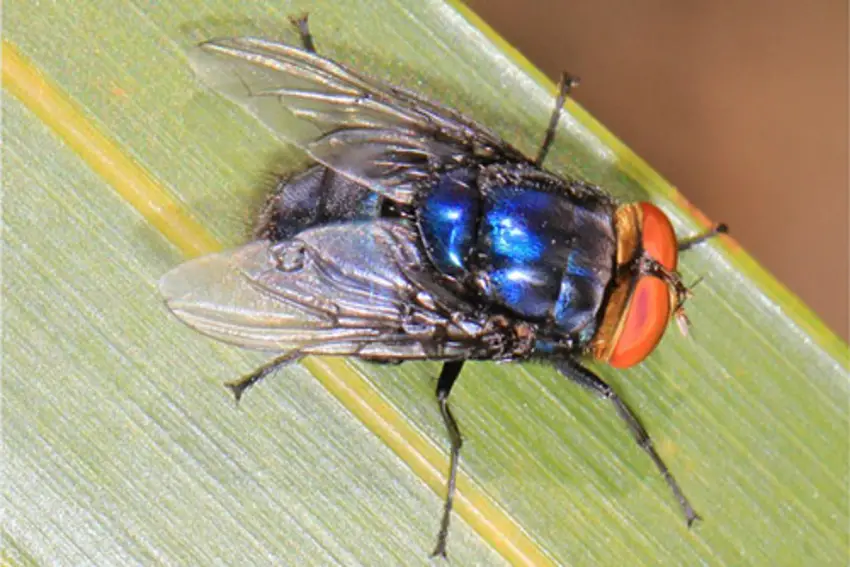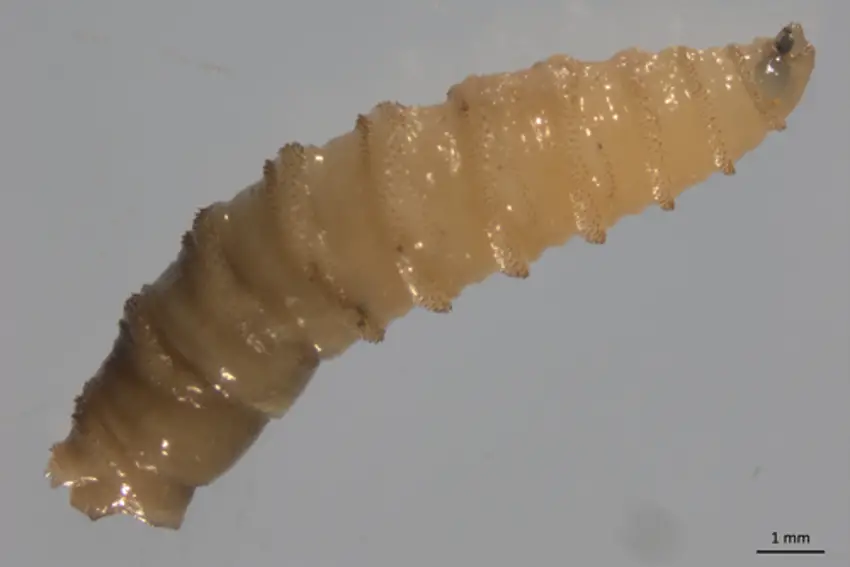The United States has temporarily paused imports of Mexican cattle after a case of New World screwworm was identified at the lakeside town of Catazajá in the southern state of Chiapas, the Mexican government said on Sunday.
“The United States and Mexico are working on implementing measures to resume the normal flow of Mexican exports,” it said in a statement, adding that the temporary suspension was only of Mexico’s cattle and did not apply to other exports.

Mexico’s Agriculture and Rural Development Ministry (SADER) head Julio Berdegué first announced the cooperative efforts to address the situation on Nov. 17 after a meeting with the U.S. Department of Agriculture (USDA).
Mexico’s chief veterinary officer had notified the USDA of the detection of a screwworm in a cow at a checkpoint near the southern border with Guatemala. The animal originated from outside Mexico, and this detection was the first appearance of the New World screwworm in 30 years, SADER stressed in a press release issued Saturday.
The suspension will remain in place pending further information from Mexico’s veterinary officials regarding the size and scope of the screwworm infestation. The USDA said it is working with regional partners to prevent the pest from entering the United States.
The temporary pause could affect U.S. beef production and prices, especially as the United States has come to rely on livestock from Mexico while U.S. ranchers struggle to rebuild depleted cattle herds.
The U.S. has relied on live cattle imports from Canada and Mexico to fill in the gaps from years of herd declines, according to the trade industry publication Agriculture Dive.
In 2023, imports of cattle from Mexico increased 43% to 1.25 million head following a record low year. That represented about 3.7% of the U.S. calf crop.

What is a screwworm?
The flesh-eating pest, which gets its name from the way it burrows into wounds like a screw, can be fatal to animals and, in some cases, humans. It last appeared in Florida in 2016, marking the first U.S. outbreak in decades, Agriculture Dive reported.
Screwworm maggots often enter through an open wound and feed on the living flesh of warm-blooded animals, including people, USDA said. While the maggots of many fly species eat dead flesh, and may occasionally infest an old and putrid wound, screwworm maggots are unusual because they attack live, healthy tissue. Infected mammals typically die of secondary infections or toxicity.
Infestations can be difficult to detect but often manifest themselves through growing wounds, creamy larvae and signs of discomfort, the USDA told Reuters.
U.S. authorities are asking ranchers in the area to monitor their livestock and pets, and immediately report potential cases.
Battling the screwworm
The potentially deadly fly larvae is endemic to countries in the Caribbean and South America, according to Agriculture Dive.
Eradication efforts in North America date back to 1991, according to the magazine Wired, with a containment strategy centered on Panama.
The USDA has said that the U.S. cattle industry benefitted to the tune of about US $900 million per year as a result, Wired reported, while producers and consumers in Mexico saved roughly US $2 billion since 1991.
Establishment of the barrier zone in Panama was redoubled in 2006, but Agriculture Dive says cases have exploded north of the containment zone over the past two years as more land is converted to farming and more cattle are transported into the region.
Recent studies show that screwworm cases have been spreading northward into Honduras, Costa Rica and now Mexico. Alarms went off with this discovery of the larval worm in Chiapas. According to the Mexican government, it had stepped up monitoring for the New World screwworm earlier this year after it was detected in southern Nicaragua, just over 700 kilometers from Mexico’s border with Central America.
On a side note, the new restrictions on livestock being transported through Mexico could put a choke hold on the thriving practice of cattle smuggling that the think tank Insight Crime wrote about in 2022.
Insight Crime reported that cattle — primarily from Nicaragua — has been smuggled into Mexico from Guatemala for more than a decade. The report cautioned that the livestock from Central America is not subject to the controls by which Mexican ranchers abide.
The smuggling is not limited to the Mexico-Guatemala border. Costa Rica, Nicaragua and Honduras have each cited an increase in smuggling as the reason for the current outbreak, according to the magazine Wired.
Wired reported that Mexico’s National Confederation of Livestock Organizations has reiterated its long-standing request that the Mexican government take steps to prevent the practice of cattle smuggling.
With reports from El País México, Reuters, Wired and Agriculture Dive
